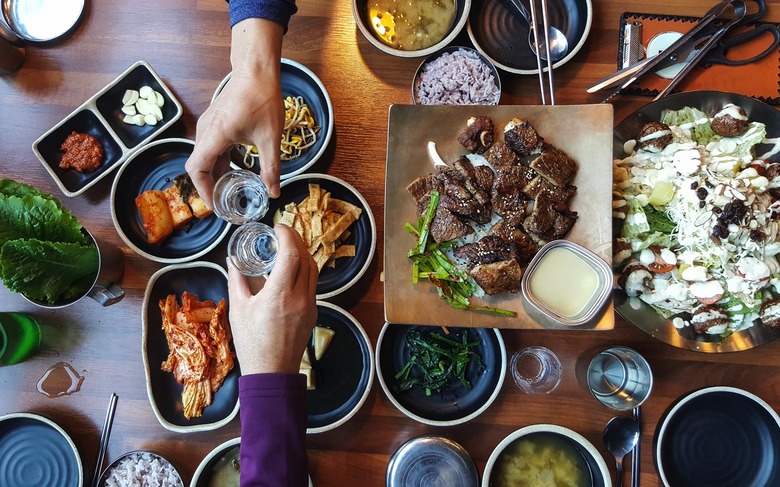This Orange Mold That Grows On Food Waste Is Being Served In Michelin-Starred Restaurants
An orange mold called Neurospora intermedia is taking the culinary world by storm. That's because the mold grows on food waste without producing toxins, and it has actually become a delicacy served in Michelin-starred restaurants.
Restaurants are finding new ways to use food waste. The trick? A strange type of mold that radically alters the taste of the food. So much so that it allows the food to be eaten in new forms. The mold is cultivated from discarded soy milk production, and it has been used for centuries in the making of oncom, a very traditional Indonesian food.
However, researchers at the University of California, Berkeley have been working with chefs at Michelin-starred restaurants to turn the orange mold into new types of food to serve willing customers. Some of these new items are even appearing on menus already, including a type of toast made from stale bread and a dessert made from sugarless rice custard.

With so much food being wasted globally each year, finding new ways to use discarded products is a big point of contention for food researchers. While relying on a mold to turn old food into edible products again might seem strange, repurposing older foods into new items is a practice many have used for centuries.
In fact, there are already several things on the market that can often be attributed to old and discarded food, like croutons and bread crumbs, which can sometimes be made from stale bread. Some people also find that using bread that is almost out of date or starting to go stale makes the best French toast as it holds its shape better. But relying on orange mold is certainly a choice.
So far, the researchers have shown that this mold can survive on at least 30 different types of food waste without producing any kind of toxins. That waste includes tomato pomace and even a banana peel. The researchers have been working to find new flavors using the mold. And while not everything has worked out, they have seen quite a bit of success.
A paper on their findings is published in the journal Nature Microbiology, and it showcases just what they've discovered about this interesting orange mold so far. Japan has also been finding new ways to recycle food scraps.
